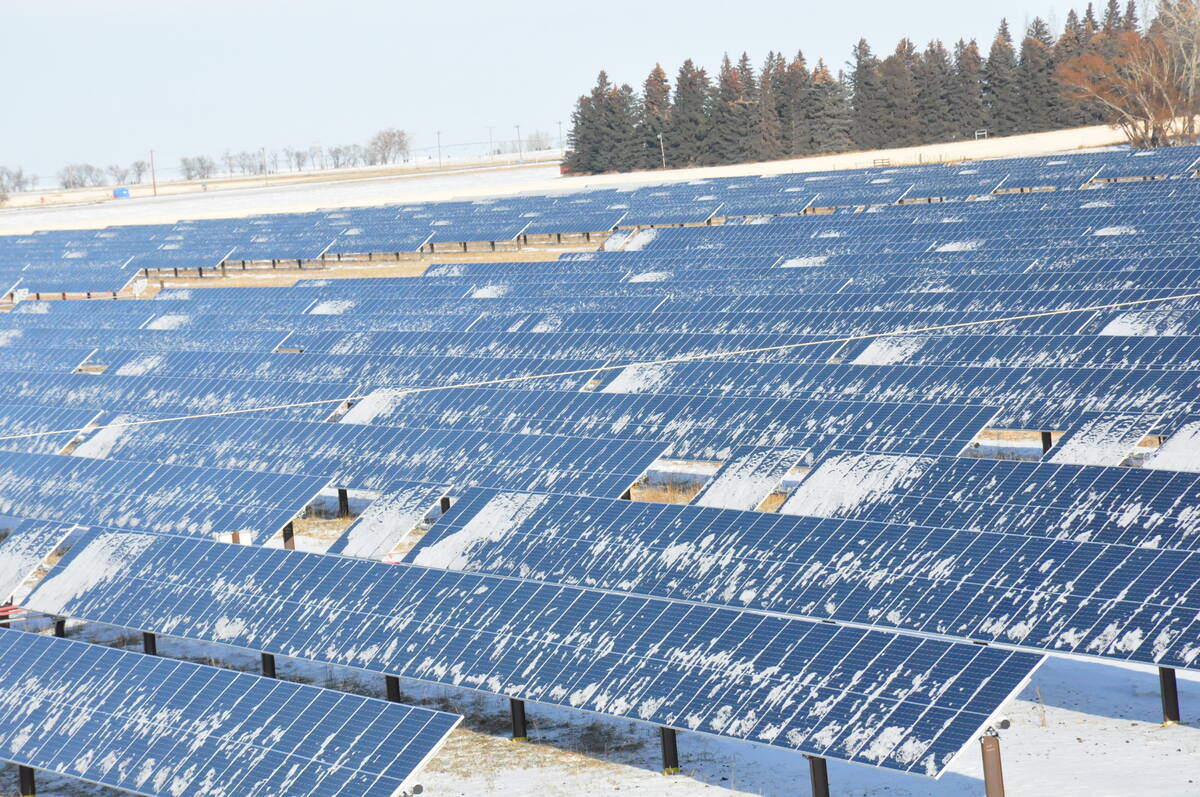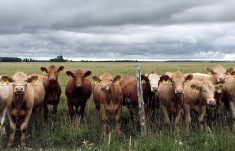It’s time for everyone to step back, take a deep breath, and tone down the rhetoric around the issue of fertilizer emissions.
Because right now it’s being over-politicized, under-scrutinized and devoid of any rational examination.
Here’s what we know so far. The federal government wants to see farmers reduce emissions from fertilizer by 30 per cent. Let’s stop a second and acknowledge that. Not reduce use, but rather emissions, which are two separate things. There seems to be a real effort to conflate the two afoot, so it’s important to realize they’re different.
Read Also

Why agriculture is Canada’s energy ace
Why isn’t agriculture getting more play in Canada’s quest for efficient, renewable energy production? It should be
And according to a pair of academics Geralyn Wichers spoke to this week, that’s not only possible, the target itself is likely a conservative one. Both say it could be achieved relatively quickly, using existing technology.
What’s missing, they add, is the will to do what needs to be done to get us there. A big part of the responsibility for that does, in fact, lay with the federal government.
The current party of power in this country has been leading the nation for the past seven years, and in all that time, they’ve said cutting greenhouse gas emissions of all kinds is one of their legacy issues.
Surely the better part of a decade is ample time to formulate a plan, communicate it and implement it. But instead what we’ve seen is a federal government that appears to have just set a target number and left it up to everyone else just how to reverse-engineer getting there. There is an ongoing consultation, but that seems to be a process trying to support a predetermined goal, rather than trying to find the best path forward.
As the University of Manitoba’s Mario Tenuta told our reporter, there’s definitely room to improve emissions. And that might even improve the efficiency of nutrient use for farms and build on their bottom line — but he was also very clear that in his view these are distinct and separate goals that may sometimes meet in the middle.
A good example of this playing out in the research is the question of polymer-coated fertilizers in Western Canada. Tenuta says their use can reduce emissions, but there’s no yield effect in the crop to justify their higher cost.
That means someone else needs to pick up at least part of the bill, and here the federal government’s efforts are falling short.
True, there are some dollars on the table, but not nearly enough. Right now, it totals about $570 million. And that’s not nearly enough. Canada has about 167 million acres of arable farmland, so that adds up to the princely sum of just $3.41 an acre for the entire country.
This is a prime example of politicians politicking. They’ve held a press conference and made a big splash, but they’re not actually doing much to solve the problem they’ve identified for the country as a whole.
Another researcher our reporter spoke to summed it up nicely. Manish Raizada of the University of Guelph said the dynamic the federal government has set up here is one where they’re setting the targets, but inadequately preparing the sector to hit them.
In essence, he says, the government is setting the nation’s farmers up to fail, and then to be painted as the scapegoats by the general public for that failure.
It would seem that there’s plenty of farmers appetite to try to be part of the solution to this problem. It was only earlier this year they were able to apply for funding under the On-Farm Climate Action Fund program, through various partner organizations.
One such is the Canadian Canola Growers Association, who are now reporting on their website that the program is already oversubscribed.
And then, of course, there are plenty of examples of ‘own time, own dime’ efforts that make farms more sustainable, such as regenerative agriculture and cover cropping, many of which tie into emissions reduction very nicely.
So the problem here doesn’t seem to be that farmers are inefficient. Or unwilling. Instead it seems to be that their federal government is — at least so far — not willing to put its money where its mouth is when it comes to reducing emissions.
Later this month will mark 60 years since U.S. President John F. Kennedy stood in an arena at Rice University and declared his country’s will to go to the Moon. In many ways what the Canadian government is asking of farmers is a moonshot effort.
But worth noting this that the U.S. arrival on the Moon didn’t come cheap. It’s estimated they spent and inflation-adjusted US$280 billion to get there.
So if we’re going to be serious, as a nation, about reducing agriculture emissions, we’d also better be serious about paying for it.
JFK didn’t leave that stadium and then leave it up to the astronauts to figure it out. He started funding aerospace research and training astronauts.
















